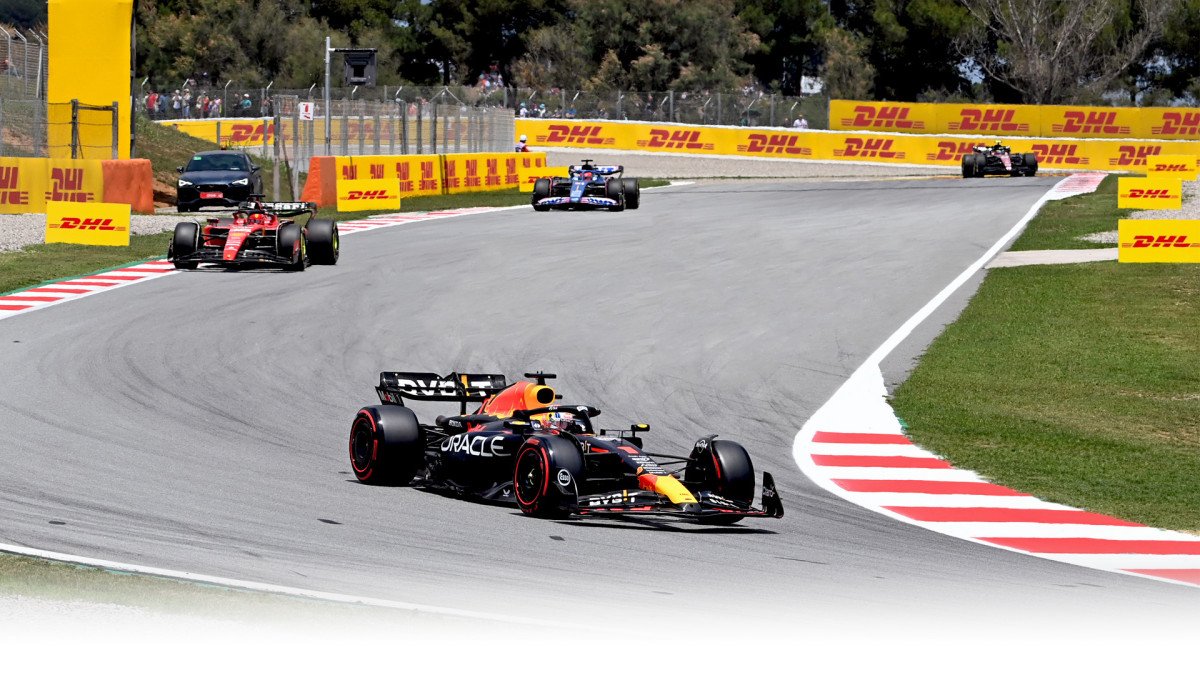
Costco Doesn’t Win on Choice. It Wins on Flow.
Everyone knows Costco for the bulk deals and free samples. But the real story is what happens behind the scenes—where limited SKUs, cross-docking, and high-velocity warehouses turn supply chain simplicity into a pricing weapon. This is how Costco wins on logistics.

How IKEA Turned Furniture Into a Supply Chain Superpower
IKEA doesn’t just sell sofas and shelves—it sells supply chain precision. From its flat-pack design strategy to in-store logistics and global sourcing, IKEA has redefined what it means to move bulky goods at scale. This is the logistics blueprint behind the blue box.

How Gymshark Built a Global Fitness Brand by Mastering Fulfillment
Most people credit Gymshark’s rise to great branding, influencer partnerships, and limited drops. But behind that is something less visible—and more strategic: a purpose-built logistics engine that turns hype into revenue and speed into loyalty.

Maersk’s Full Stack Strategy and the Risk of Owning Everything
Maersk isn’t just a shipping company anymore. It’s building a full-stack logistics platform—one that stretches from factory floor to front door. But in a world of lightweight tech-first platforms, is owning ships, warehouses, planes, and customs brokers still the right bet?

Project44’s Bet on Refining Global Supply Chain Data
Project44 isn’t trying to be the next freight marketplace or TMS. It’s quietly building an API-driven infrastructure layer for logistics—connecting carriers, systems, and shippers with a goal to become the single source of truth for freight data. But in a world where visibility is becoming table stakes, can they stay defensible?

Flexport: Hype, Reality, and the Post-Ryan Petersen Era
Once hailed as the “digital freight forwarder” disrupting global trade, Flexport raised over $2 billion, hit a $8B+ valuation, and made headlines for its tech-first logistics vision. But since Ryan Petersen stepped down and returned, Flexport’s trajectory has been less about disruption—and more about survival. What went wrong? What still works? And is there a second act?

Instacart: From Gig Economy Darling to Grocery Logistics Engine
Instacart started as a simple grocery delivery app powered by gig workers. Today, it runs the backend logistics stack for some of the largest grocers in North America—powering order routing, in-store picking, fulfillment optimization, and even micro-fulfillment centers. This is the story of how a shopper app became a logistics platform.

Lineage Logistics: How a Quiet Roll-Up Became the Cold Chain King
In just 15 years, Lineage Logistics has quietly built the world’s largest cold chain network—touching 30% of U.S. frozen food supply and supporting everything from grocery giants to vaccine distribution. With over 400 facilities, a deep tech stack, and bold energy investments, Lineage has become a masterclass in modern logistics execution.

Prologis: The Most Important Company You've Never Heard Of
Prologis isn't a name most consumers recognize, but it's quietly responsible for moving roughly $2.7 trillion—about 2.8% of global GDP—through its vast logistics network each year. Founded in 1983, Prologis has grown into the world's largest owner and operator of logistics properties, innovating with technology, sustainability, and advanced data management to significantly enhance efficiency and reduce environmental impact across global supply chains.

Can Rail Stay Relevant? A Look at CSX’s Strategy in Intermodal and Long-Haul Freight
CSX isn’t trying to replace trucks—it’s aiming to take long-haul freight off the highway and onto a more efficient, scalable, and sustainable network. With a strong customer base, strategic intermodal expansion, and a renewed focus under CEO Joe Hinrichs, CSX is positioning itself as a modern logistics backbone. This article explores how the company is navigating growth, labor relations, and its role in the U.S. supply chain—while competing against outdated perceptions of rail.

Old Dominion Is Still a Freight Machine—But the Landscape Is Changing
Old Dominion Freight Line has long been the gold standard in LTL—disciplined, focused, and remarkably consistent. But in 2024, the cracks began to show. With revenue and profit slipping for the first time in years, and competitors like XPO and Saia gaining ground, Old Dominion is at a crossroads. As both a logistics professional and a shareholder, I break down what these shifts mean—not just for Old Dominion, but for the future of freight.

The Real Race in Formula 1 Happens Off the Track, on DHL’s front
Everyone sees the speed in Formula 1, but few notice the precision behind it. Every week, an entire sport is dismantled, shipped across the world, and rebuilt—ready to race again in less than five days. At the heart of this operation is DHL, coordinating planes, trucks, and sea containers like a global orchestra. This isn’t just logistics. It’s performance engineering. And it might be the most impressive race of all—the one that happens off the track.

The RXO Strategy: From Acquisition to Execution in One Year
In 2024, RXO emerged as one of the fastest-growing logistics companies in the industry. Fueled by the strategic acquisition of Coyote Logistics, a 15.9% surge in annual revenue, and major digital advancements in freight brokerage, RXO proved it's playing to win. In this article, I break down how RXO scaled so effectively, what their numbers reveal, and why their tech-first approach is setting the tone for the future of freight.